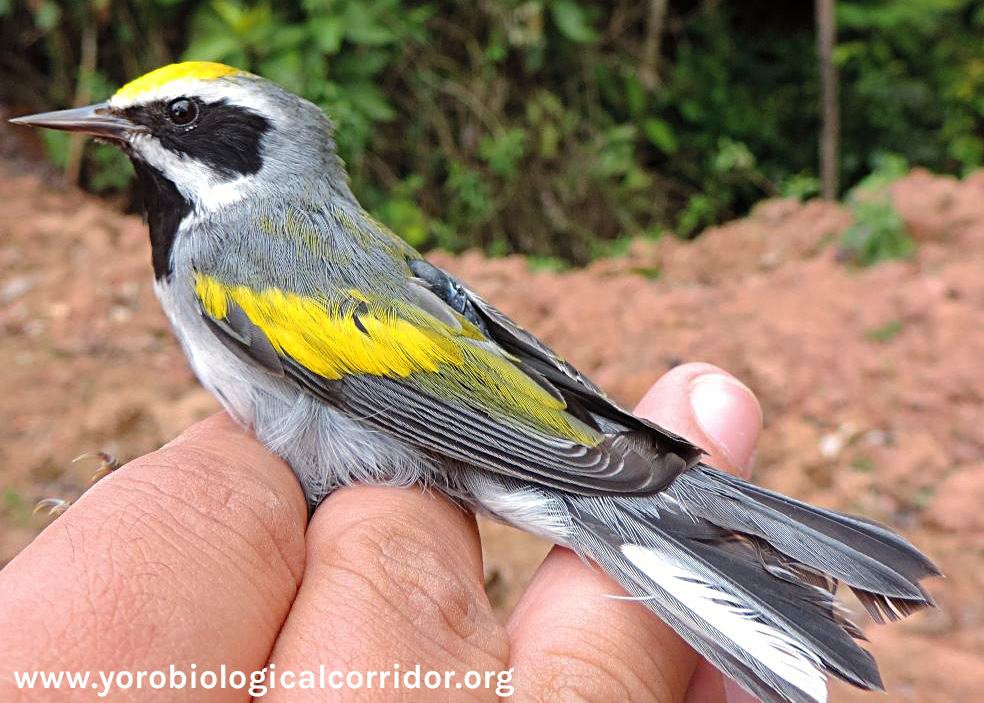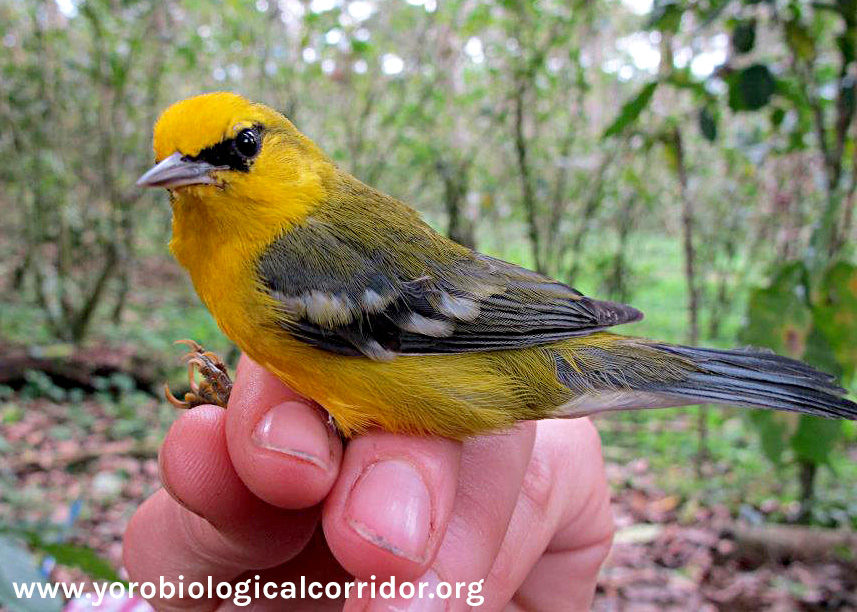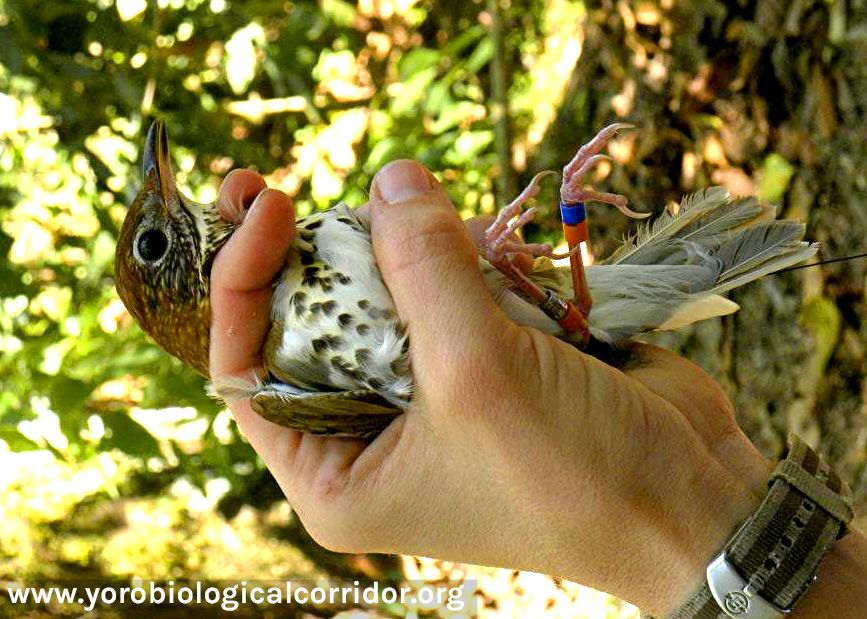
The Yoro Biological Corridor is regenerating (“re-wilding”) tropical forest areas “buffer zones”) and linking them with threatened National Forest Parks in the creation of a Forest Corridor. In doing so, it provides critical habitat for the region’s people, plants and animals.
Wildlife Species in the Corridor
Species of Interest
There are many plants and animals to protect in the corridor, including key indicator species for ecosystem health; Some of which are of particular concern for national conservation efforts. Yoro Biological Corridor research combines 15 years fieldwork and data collection related to biodiversity and overall forest health within the corridor (in addition to social studies, collaboration, and training & monitoring with coffee growers). Specific details of the existing biodiversity and the efforts to protect this will be added and tracked on this website and will be published in the research documents.
The Margay Cat and the Quetzal (bird) live in Pico Pijol National Park; An important nationally protected park within the Yoro Biological Corridor. Both of these animals require forest to survive making them key indicators of a forest’s health.
Each species listed is found on IOC™ coffee farms or in protected parks within the Corridor.
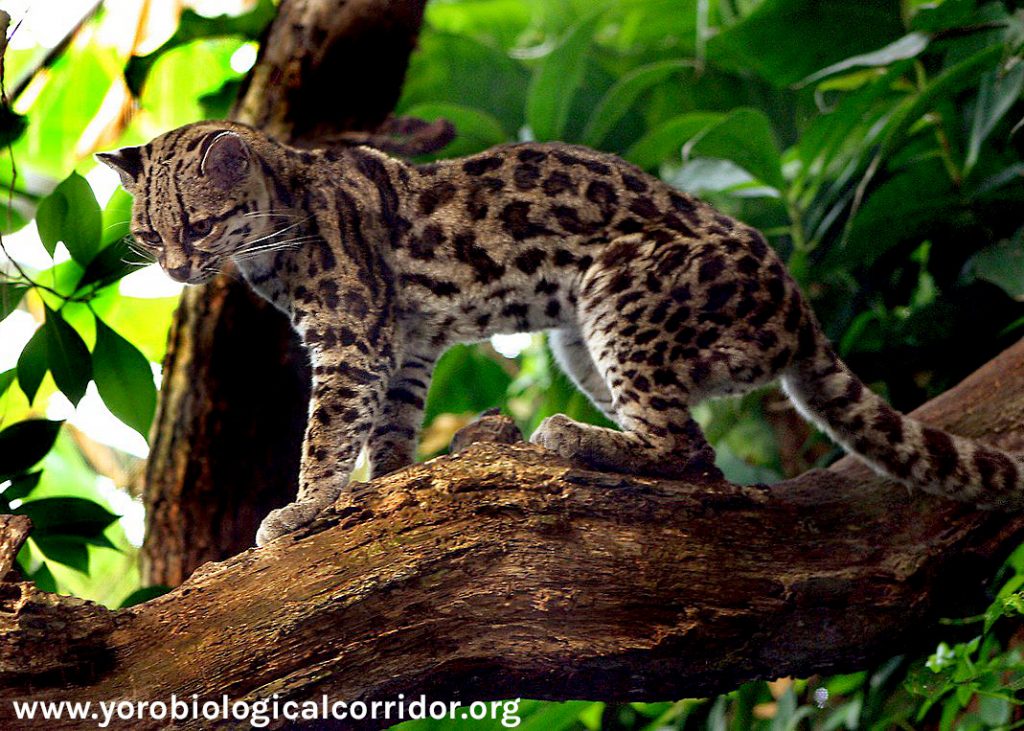
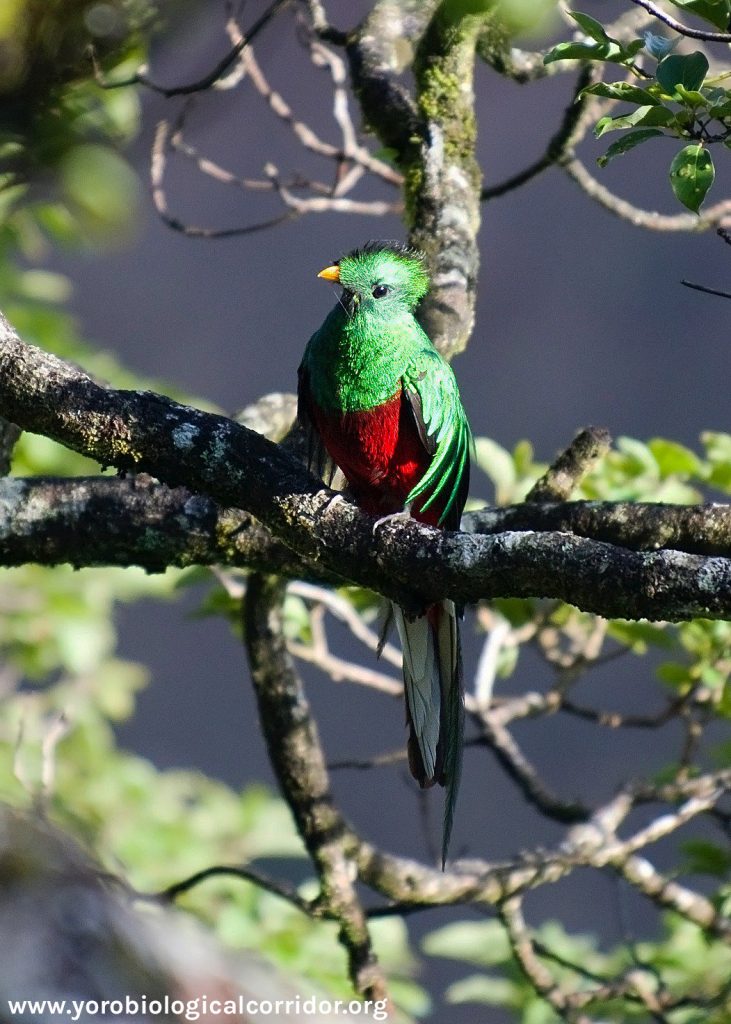
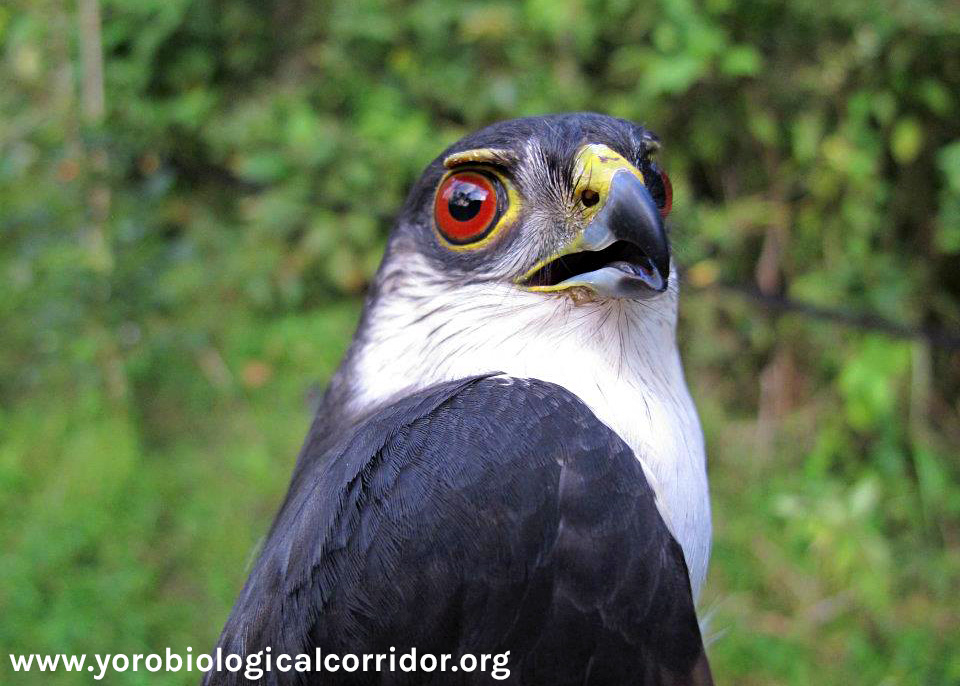
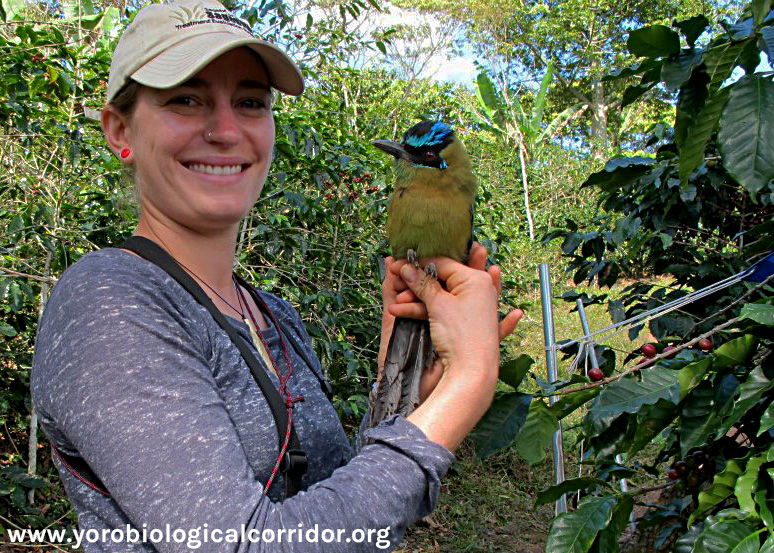
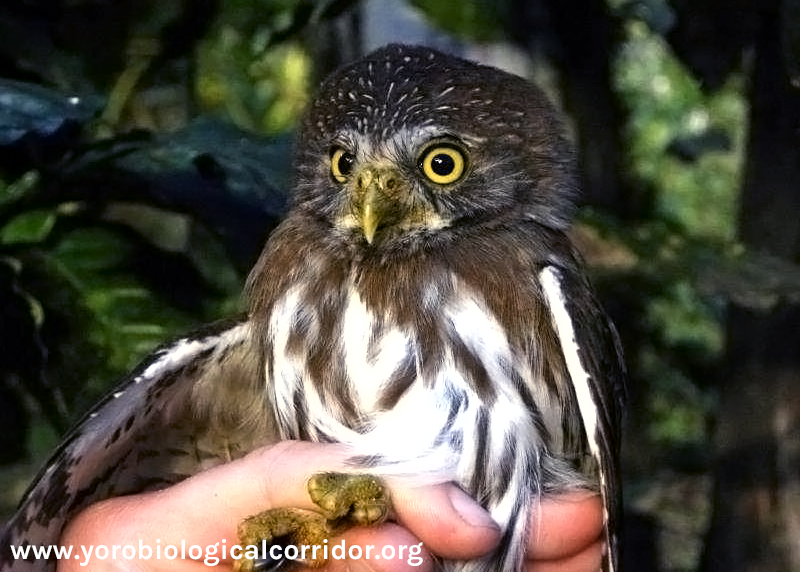
Bird Species
A total of 97 bird species have been identified on coffee farms practicing Integrated Open Canopy™ (IOC™) coffee farming: 72 are resident species, and 27 are migratory species. In one study, IOC™ coffee farming was shown to support as many forest-dependent bird species as forest, including many species that did not occur in shade plantations (Ritterson et al. 2021):
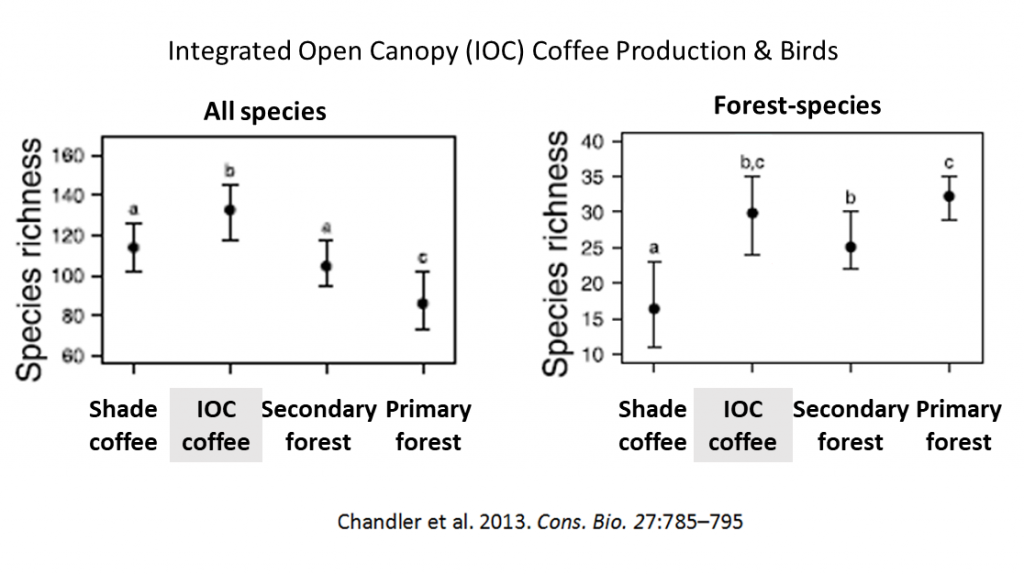
Key forest health indicator bird species include the following 3 migratory birds; And in particular, the Golden-Winged Warbler indicates the presence of mature forest habitat:
